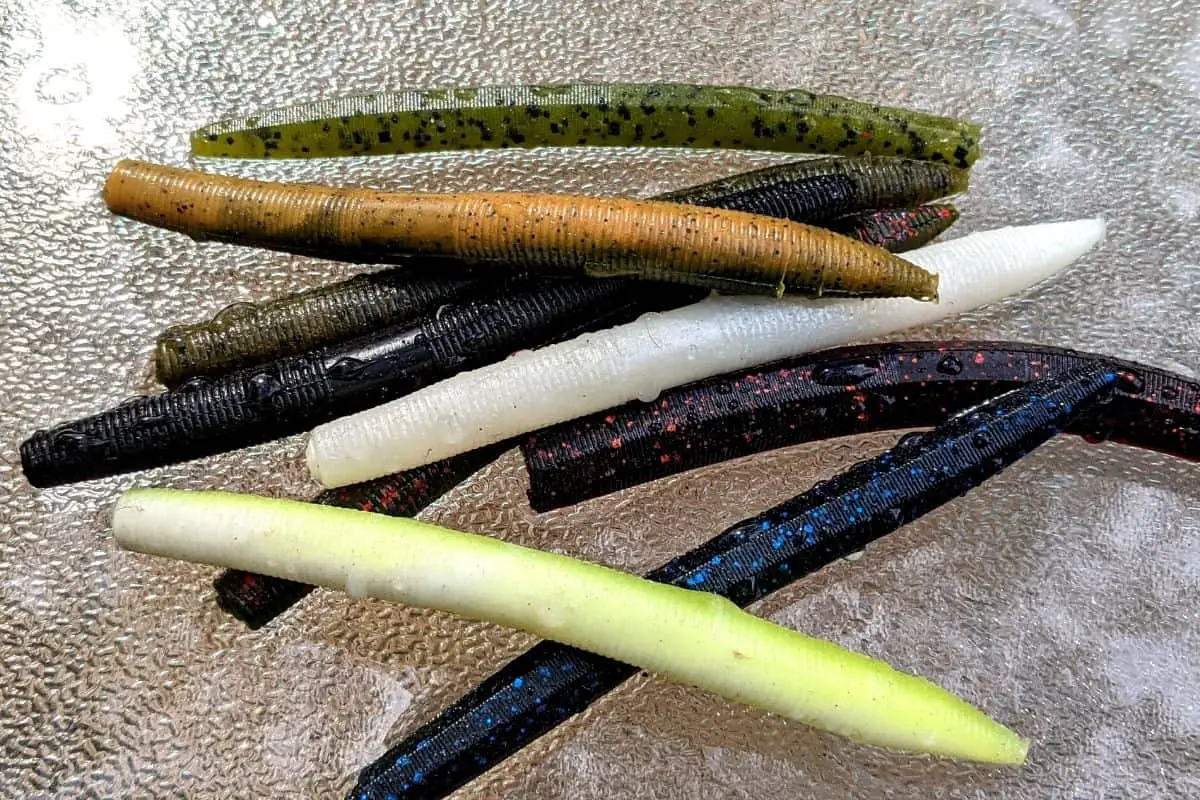Bass fishing conditions change. One of the most daunting for many anglers is when the water turns dirty. Much debate has been made over the best colors for fishing stained-to-dirty water.
In underwater tests with my camera, white fishing lures have been the most visible in stained and dirty water. They are easier to see both in terms of distance and depth.
I know that this goes against what many of us were taught. Solid colors like black-blue and straight black have been staples in the minds of bass anglers for generations when fishing water with lots of color to it.
I used to think so too. Until I did some experiments on my own.
It is important to remember though, that these observations are made with human eyes.
Why Lure Color is Still Important in Dirty Water Conditions
Bass, like humans, rely on the senses that are best suited for the conditions.
If we are in an enclosed room with no outside windows and the power goes out, we may be left in complete darkness. What do we naturally do? Reach out with our hand. Suddenly, our sense of touch is more important than sight.
Bass are the same way. This is where their lateral lines come in. If visibility is an issue, vibrations are a key factor for finding food. But, the more senses in play, the more successful the bass will be. This is why color choice for stained or dirty water is still an important consideration.
That bass may sense the lure from a distance due to vibration, but as they get close, I want them to be able to feel it and zero in on it for a solid strike by seeing something as well.
That is why this experiment was so important to me.
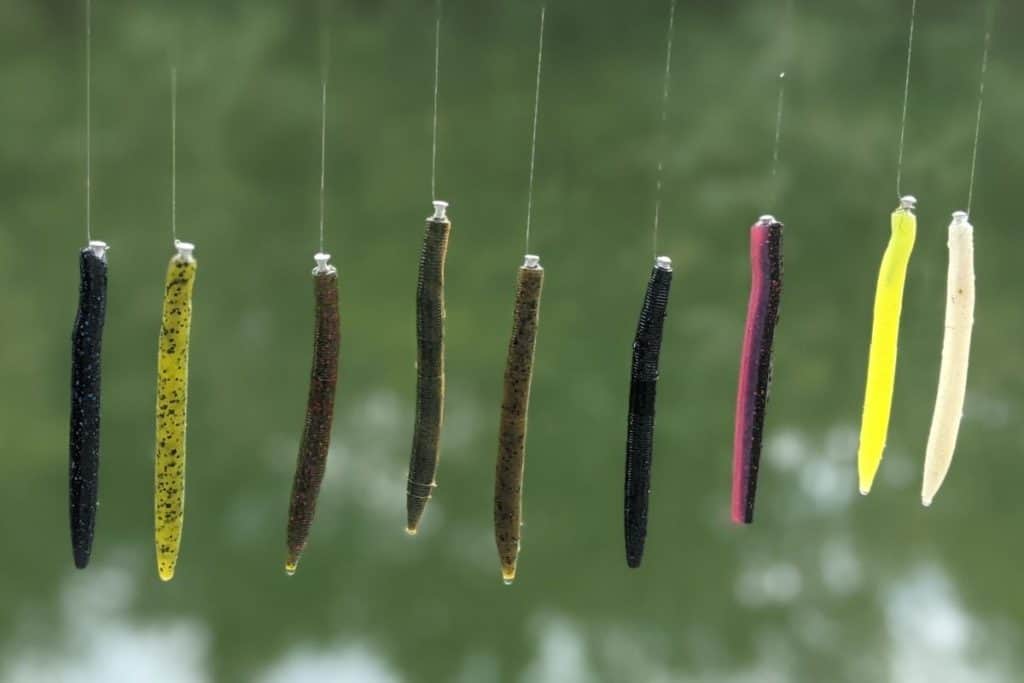
The Experiment Set-up for Underwater Lure Colors
The first thing that I did was take 9 popular colors and rig them up on a board. The colors from left-to-right are: black-blue, watermelon with black flake, watermelon with red flake, Obama craw, green pumpkin, solid black, tequila sunrise, white and chartreuse, and then solid white.
I then placed the lures at several different depths in stained water.
The first depth was at 2 ft. I started with the camera very close, moved it back to a distance of 2 ft., and then finally I moved it to a distance of 4ft.
As you can see, when the camera is just inches away, the colors are easily distinguished. At a distance of 2 ft., things are a little less clear. Then at a distance of 4 ft. the white and white and chartreuse stand out.
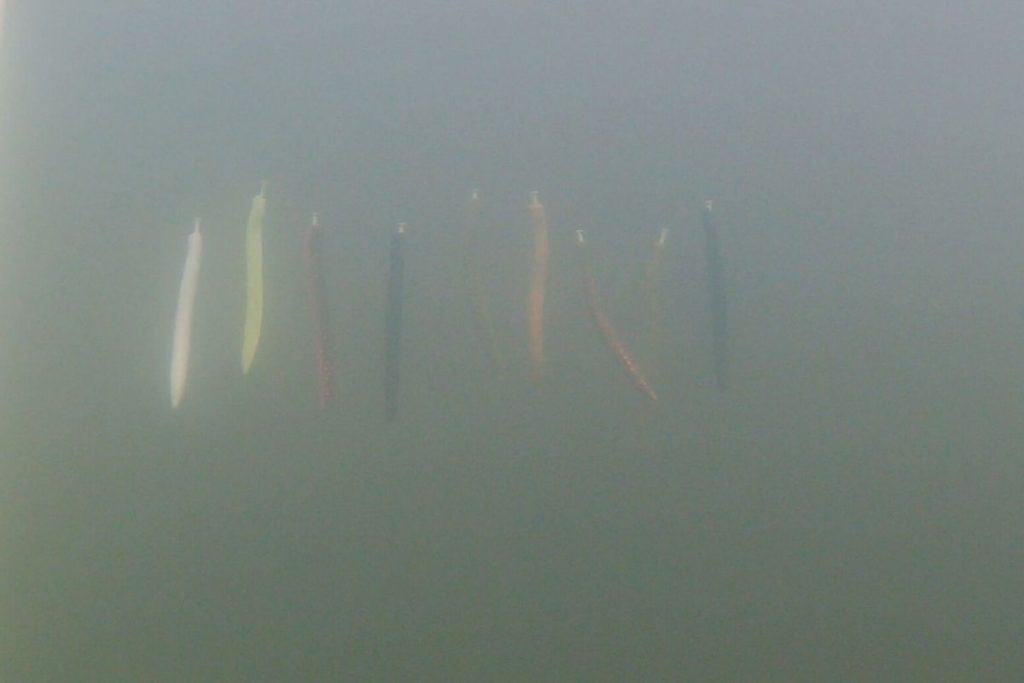
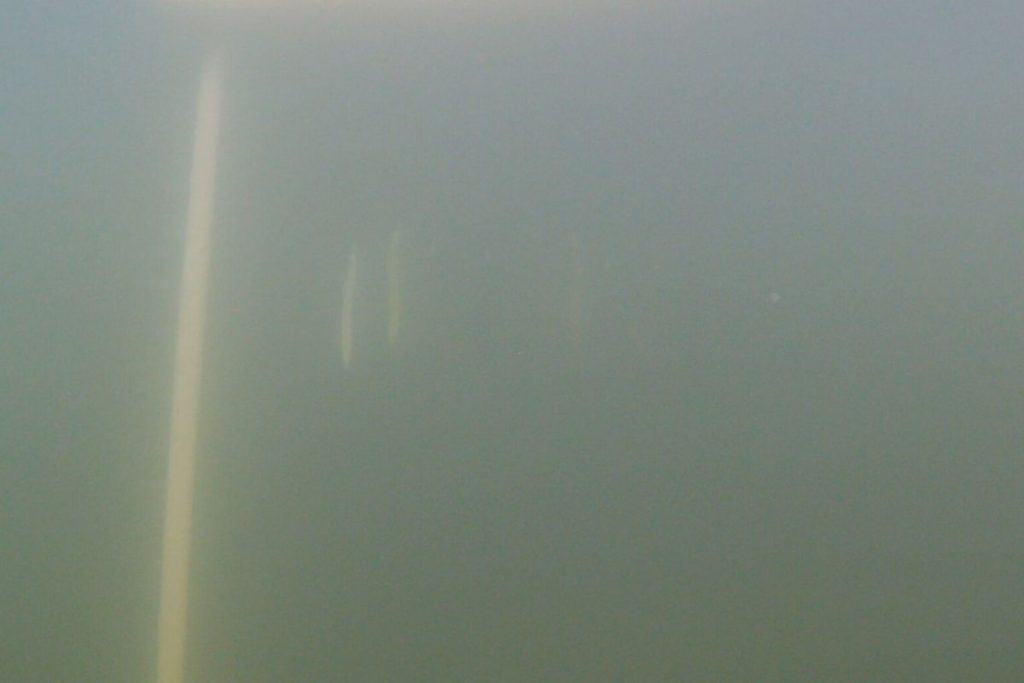
The Second Round of Underwater Lure Color Experiments
For the second round of testing, I lowered all the lures to a depth of 4 ft. I then repeated the distance test.
Once again, when the camera is only inches away, the lures are quite distinct and colors are easily seen.

Once the camera, at this 4 ft. depth, was moved back to the 2 ft distance it is clear that the white and white and chartreuse have a distinct advantage over the other colors.
When the camera was moved back to a distance of 4 ft and a depth of 4 ft, all the other colors except white and white and chartreuse are basically indistinguishable.
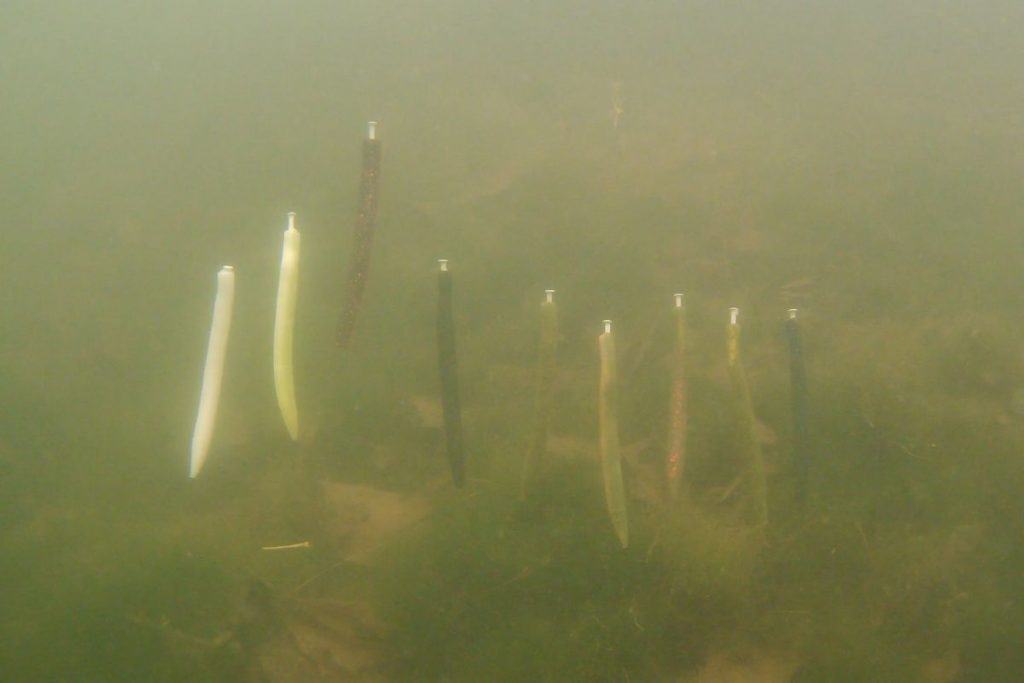
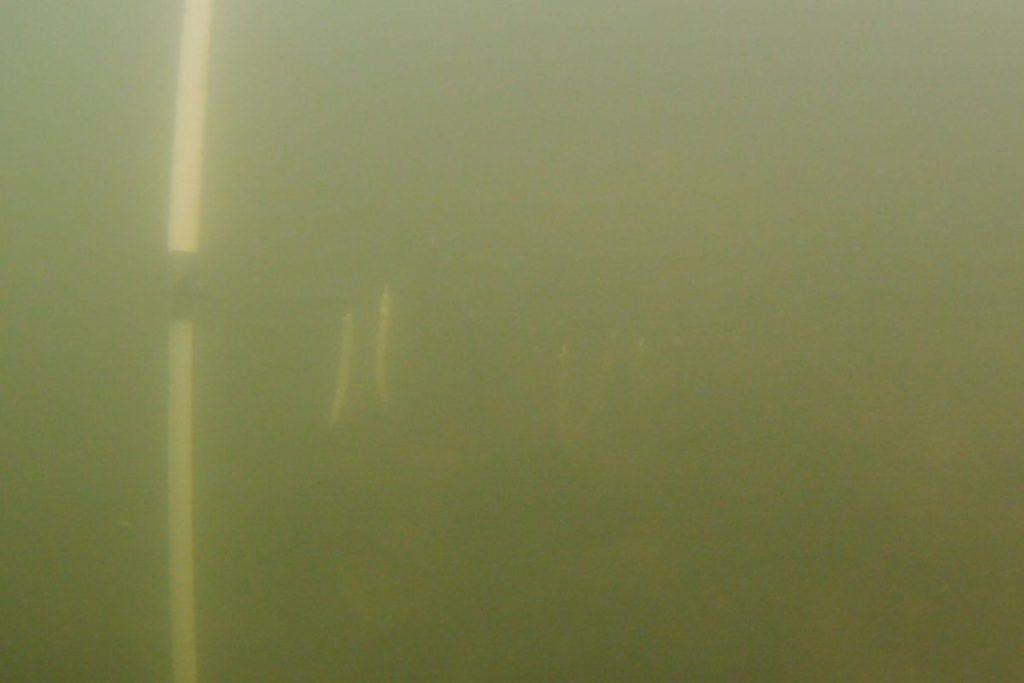
Testing Lure Colors in Very Dirty Water
As bass anglers, we know that there is a significant difference between stained water and very dirty water. Think about those days when the boat traffic riles up the shoreline or the coffee brown water that fills rivers after some torrential rains.
For this next round of tests, I used a fish tank and took some actual muck from the bottom of a lake, and tossed it in. I thought about using the underwater camera for this scenario, but I didn’t want to foul up the rotors on the drone in such awful conditions.
I took the same lures and placed them in the middle of the tank.
Once again, the white and white/chartreuse stood out. In fact, the rest of the colors are almost unnoticeable by the human eye.
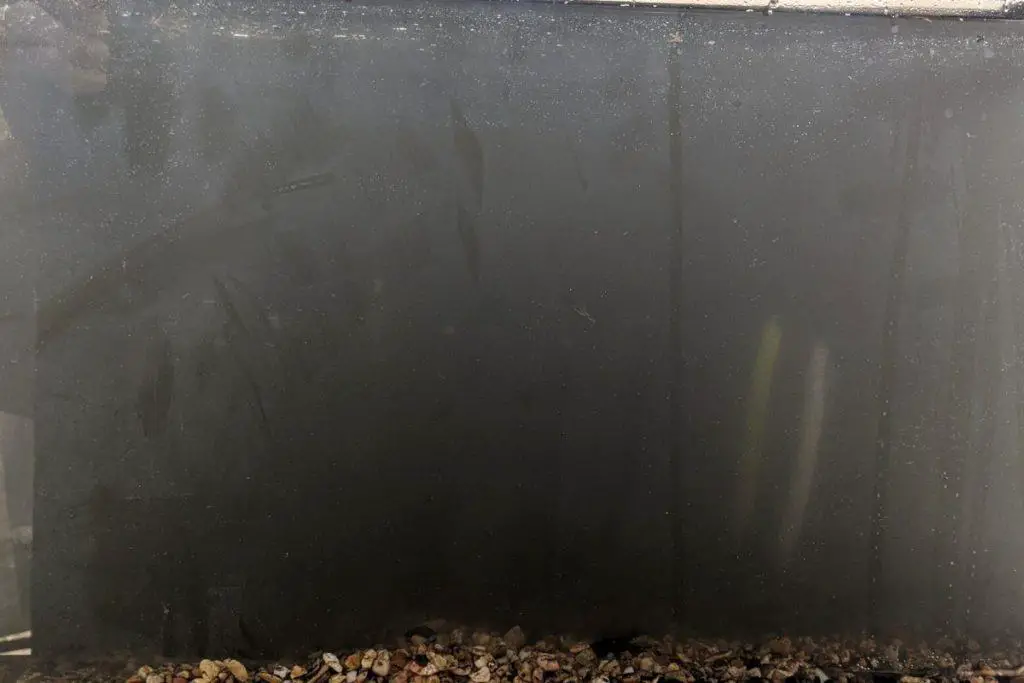
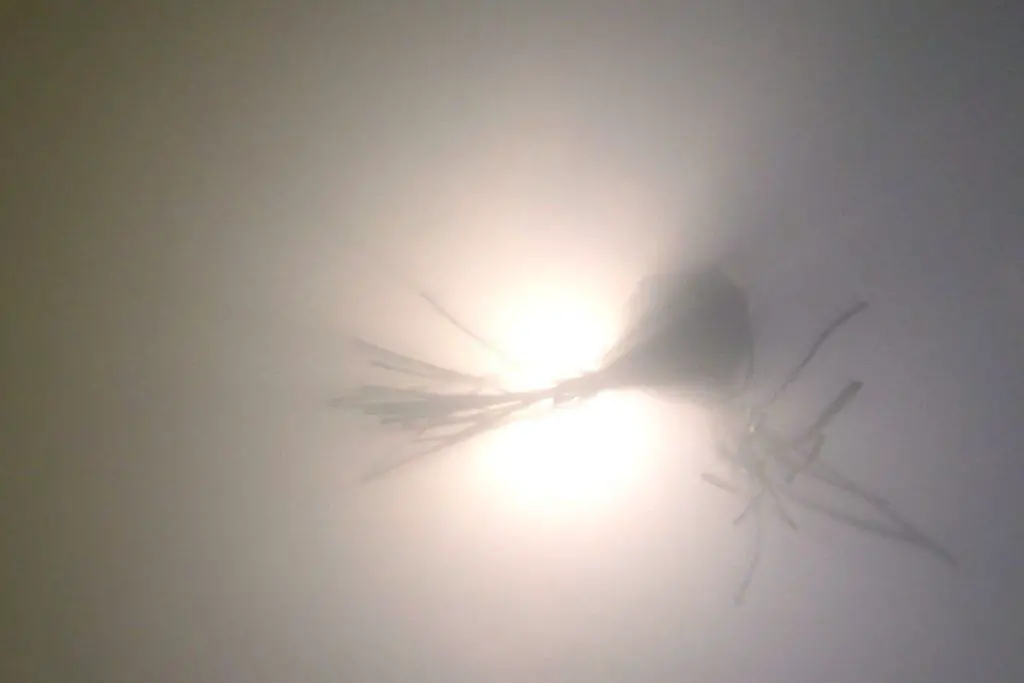
The One Condition Where I found Solid Black to be The Best Color in Dirty Water
Well, what about black-blue? Or solid black?
There is one very distinct condition where I found these two colors to outperform the lighter shades of white and white/chartreuse.
If the lures are silhouetted by a light source, the sun, the darker colors are superior.
So when would this be?
The situation that often comes to mind is when using topwaters on a very bright day. Time-and-time again the solid black frog was easier to pick out than a hollow-body frog with a white belly.
How This Underwater Color Experiment Changed My Bass Fishing
If I am fishing in stained or dirty water I now have white and white/chartreuse lures always at the ready. When fishing down in the water column or in thick cover, these are the colors that I now focus on.
If I am fishing topwaters or horizontal lures, like shallow squarebills, then I am more apt to use solid black or black blue. The main determining factor is whether or not the lure will be backlit by the sun.
If there is sunlight behind the lure – go with blacks.
If there is no sunlight behind the lure – go with whites.
The Scientific Research On Light Absorption and Color Underwater
There have been numerous studies done on how fast color disappears underwater based on light penetration and depth.
It is key to also remember that the colors black and white are actually shades, not colors. White is the reflection of all white light whereas black is the absorption of white light. The best example of white light is daylight. In other words, daylight contains all the wavelengths of the visible spectrum at equal intensity.
If you really want to get a good understanding of color and water depth, visit almost any website on photography and scuba diving.
Low energy wavelength colors are absorbed first, like red. And the last to vanish are blues and greens. This is why underwater video at depth has a very green or blue look to it.
Final Thoughts
I am so glad that I took the time to really dive into this experiment. Putting the odds in my favor to grab a few bites over the course of the day can make a tremendous difference.
Tournament anglers may get the extra bite that puts them in the money.
Recreational anglers may double their catch rate on what would have been a tough evening.
Knowledge is the key to making great choices on the water when it comes to bass fishing. I hope this information helps you.
Be safe and remember to go out and encourage someone today. You never know how you may change their life forever.
Isaiah 6:8

